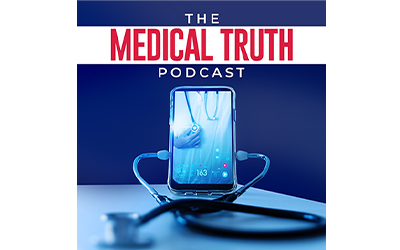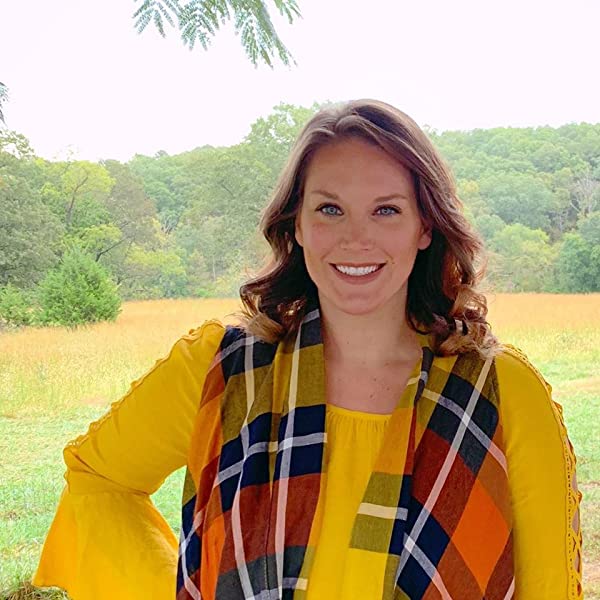Dr. Amber Robinson is an author, educator, aromatherapist, and herbalist who received her herbalist and aromatherapist distinctions from Heart of Herbs and is a level two NAHA-certified professional aromatherapist with the National Association for Holistic Aromatherapy. She also holds a master’s degree and a Ph.D. in nutrition and has written several books, including Aromatherapy and Essential Oils for Healing 120 Remedies to Restore Mind, Body, and Spirit and Forgotten Backyard Remedies.
Dr. Robinson grew up in in the Missouri Ozarks, which fostered her love for nature, plants, and all things natural. She started as a high school English teacher for ten years before she retired and became a herbalist full-time, where she studied and went to school for it. Her grandparents showed her the different plants that are both edible and medicinal, which sparked her interest in science and the use of herbs and aromatherapy.
Robinson explains that many pharmaceutical drugs and medicines trace their roots to chemical compounds in plants, and there are many herbs that are still used today to created pharmaceuticals, such as Shikimic Acid, which comes from unripe sweet gum balls, pine needles, and star anise, used to make the medication Tamiflu.
Dr. Robinson goes on to explain that many common drugs and medicines trace their roots to chemical compounds in plants, for example, aspirin is derived from willow bark, and digitalis, a medication used to treat heart conditions, is made from the foxglove plant. Other examples include the use of the Madagascar periwinkle plant to create chemotherapy drugs, and the use of the yew tree to create Taxol, a chemotherapy medication used to treat breast and ovarian cancer. Dr. Robinson emphasizes that while pharmaceuticals and herbal medicine may seem different, they are not as far apart as people may think, and many herbs are still used today to create pharmaceuticals.







